The AGM G2 Guardian is the new flagship rugged smartphone developed by AGM and the manufacturer decided to blow all its competitors away by adding a long-range thermal monocular camera, being able to detect larger moving objects from as far as 0.6 miles away.
| AGM G2 Guardian | |
|---|---|
| AGMMobile.com | Check Product |
| Amazon.com | Check Product |
| Ebay.com | Check Product |
Furthermore, the camera will allow you to see the heat signature of people or animals (for hunting purposes) and it seems that the AGM G2 Guardian can indeed detect them from up to 0.3 miles which is quite impressive, especially for a smartphone. And it’s definitely a step up from the previous flagship, the Glory Pro, but who actually needs a thermal monocular camera? I am sure that not only hunters, but some hikers and overall, people that like to go on outdoor adventures would benefit from a thermal monocular camera.
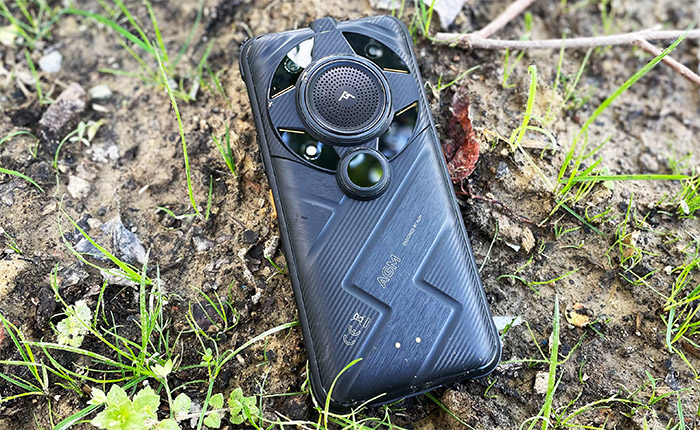
It could also work in an industrial setting, where it’s difficult to see through dust or fog – and machines do generate a lot of heat. Also, let’s not forget that the AGM G2 Guardian is indeed a rugged smartphone and the manufacturer made sure to keep the signature look of the previous models. So, expect the large circular speaker embedded on the rear panel which can be very loud, up to 109dB, and, besides the thermal camera, there are four other cameras, including infrared night vision and a macro shooter.
Since CAT moved to a 120Hz display panel, AGM also added a 120Hz panel to the G2 Guardian , so it’s much smoother than on previous models. Furthermore, the rugged smartphone is equipped with a 7,000mAh battery, it supports 5G and it seems that it will also connect to WiFi 6/6E networks, so let’s put it to the test and see if it can be considered the best rugged smartphone to date.
The Design and Build Quality
I noticed that some manufacturers have taken important steps towards ensuring that their rugged smartphones don’t really stand out when put next to the regular phones (such as the newest CAT), but AGM targets a different category of people. Those that want to use their phone to hammer nails. And yes, the AGM G2 Guardian is unapologetically rugged, sporting a large case that measures 7.0 x 3.3 x 1.0 inches (17.7 x 8.5 x 2.5cm), so it’s actually thicker and taller than the Glory Pro. Quite the feat.
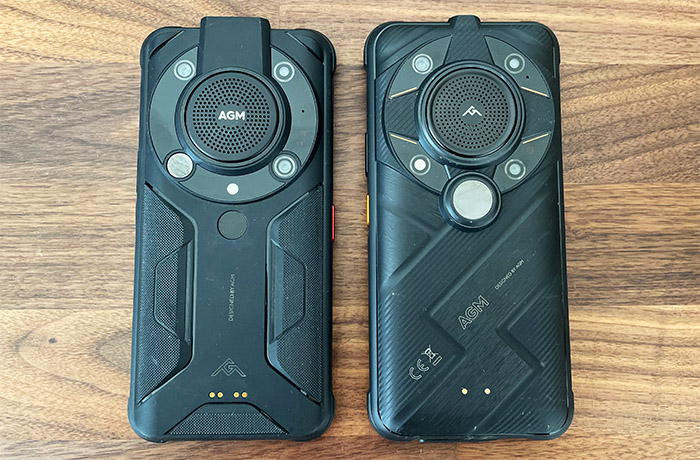
The rugged smartphone also weighs 0.9lbs (405g) which makes it heavier than the Glory Pro and one of the heaviest smartphones I have ever put my hands on. If you’re going to put it in your pocket, make sure that you have a solid belt since it’s going to try and pull your trousers down. I guess this is both impressive and a negative aspect of the phone, but then again, the AGM G2 Guardian wants to sit more in a tool box or travel bag than in your pocket. The frame and the rear panel are solidly made and there is no chance you’re going to bend this device, and for a moment, I thought that the rear may be Kevlar, but it’s just a similar pattern.
Then again, I would like to see a bullet-proof smartphone sometimes in the future. It seems that the wireless charging is still there (10W) and I think it’s a bit better placed than on the Glory Pro, which had that area slightly depressed. But you will still have to account for the large circular part that covers the top half of the smartphone. In a market where no smartphone stands out anymore, I won’t judge AGM’s pursue on trying something new, but I still consider the idea to maintain that speaker in the middle and still pointing outwards a bit uninspired. I say this for two reasons.
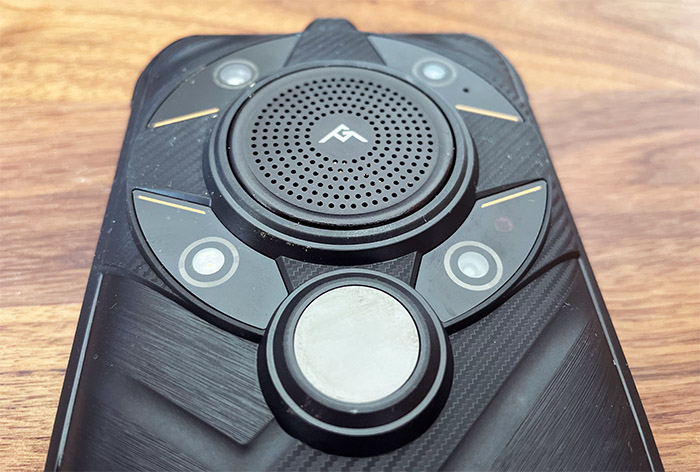
One, you never get to put the smartphone flush on the desk. Two, because the speaker gets muffled when the AGM G2 Guardian sits on its back and, when on its front, it’s very loud, but not always very clear (it depends on the room layout). It just never gets the chance to show its true potential. The good news is that the speaker grille is made of metal (while it was plastic on the Glory Pro). Surrounding it, there’s the 2-megapixel Macro camera along with the air pressure balance hole, the 108-megapixel main shooter and the flash LED.
Next to it sits the star of the show, the thermal camera (the large central circular thingie) and the infrared camera with the IR LED hidden underneath the plastic cover. A bit lower along the rear panel there are two pins for the optional standing charging case. At the top of the AGM G2 Guardian, on the frame, there had to be the dedicated flashlight (a single, not a dual LED as on the Glory Pro, which is fine) and a microphone. On the rear side, to maintain the waterproof aspect of the smartphone, AGM has added a silicone cover that, once removed, it will reveal the type-C charging port and the 3.5mm jack (never remove it, AGM!).
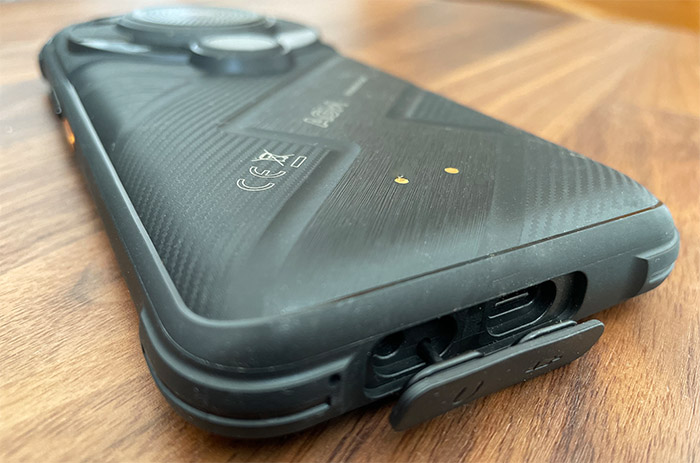
I have the same complaint about the charging port as I had with the Glory Pro and the H5 Pro – the tunnel leading to it is just too narrow. This means that you either are forced to always use their own charging cable or just hunt for cables with a thin head – not cool. You may have noticed that I have not yet mentioned the fingerprint reader and that’s because it is now positioned on the right side, embedded within the Power button.
Above it, there’s the volume rocker, while on the other side of the smartphone, still on the frame, there’s the programmable button and the slot for the microSD + SIM card, hidden by a silicone cover, of course. And just like the Power button, the programmable button is orange – this color theme can also be traced on the rear panel. The function that you can use for the programmable button are for it to enable the Push-to-talk function, to play audio, the start the camera or enable the flashlight. It can also work as an SOS button, but know that this function is already embedded into the Power button – press it quickly five time to play a loud sound and to even call for help (112 or a different, user-defined number).
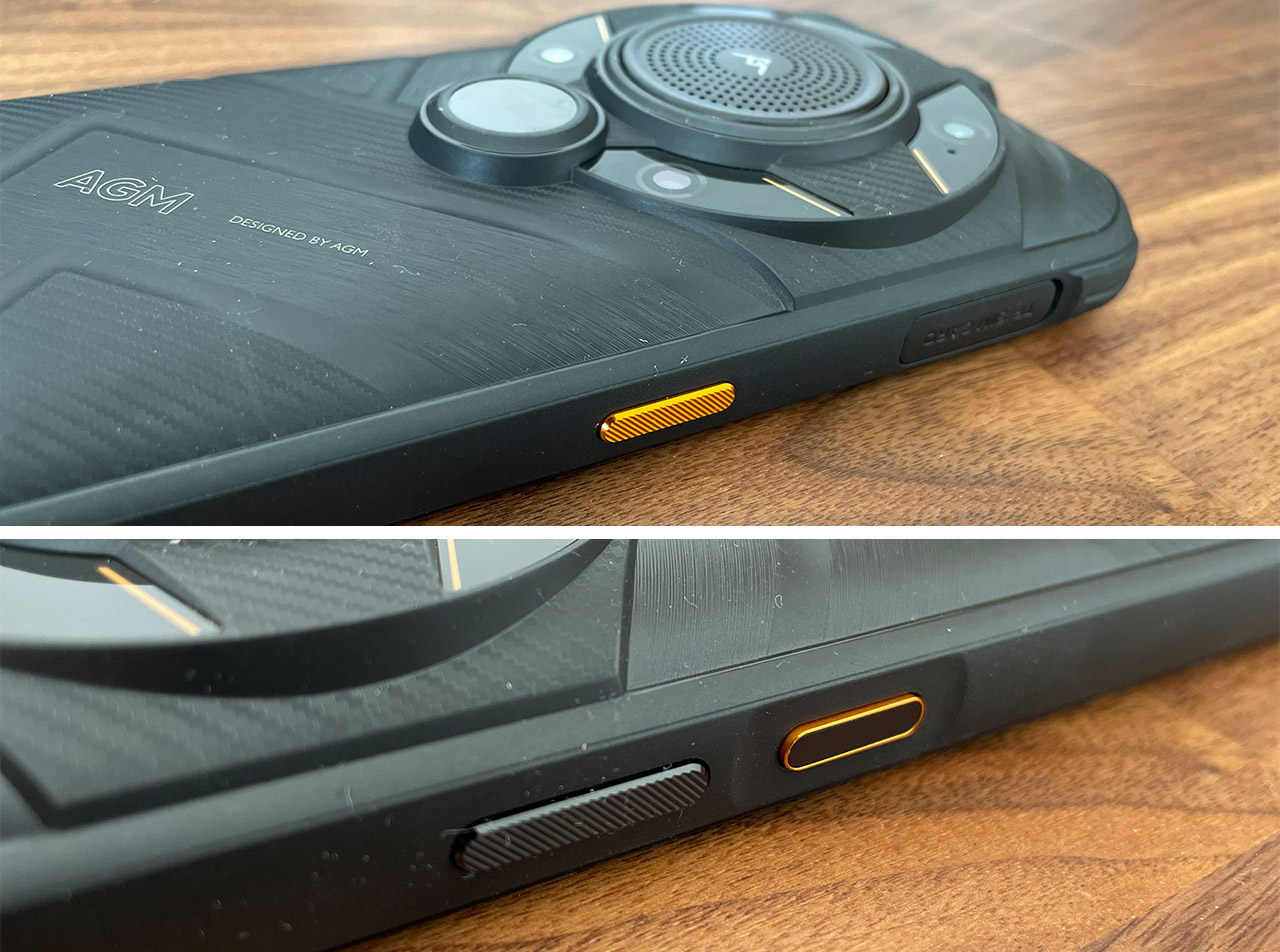
How rugged is the AGM G2 Guardian?
There was a design element that I noticed right away and it was the lip around the screen which is a bit higher than on the Glory Pro, therefore offering a better protection for the screen. But is the display finally covered by Corning Gorilla Glass? I got mixed info online and since there is no mention on the official website (and there’s no way for me to test it), I am just going to assume that it’s not – there is a protective screen already installed and an extra in the package. Then again, there is no perfect protection for such a large screen, so you should still be careful with mechanical shocks.
Only those directed at the screen, because the rest of the body is pretty much sock-proof. Indeed, the AGM G2 Guardian has passed a few MIL-STD-810H tests, such as dropping the device from 5 feet, high pressure, sudden changes in temperature and it will remain operational when the temperature ranges between -14°F to 140°F (or -10°C to 60°C). The arctic battery of the AGM Glory Pro doesn’t seem to have payed off, so it has not been ported to the G2 Guardian – then again, its applications were very limited, so I suppose the extra cost would not have been justified.
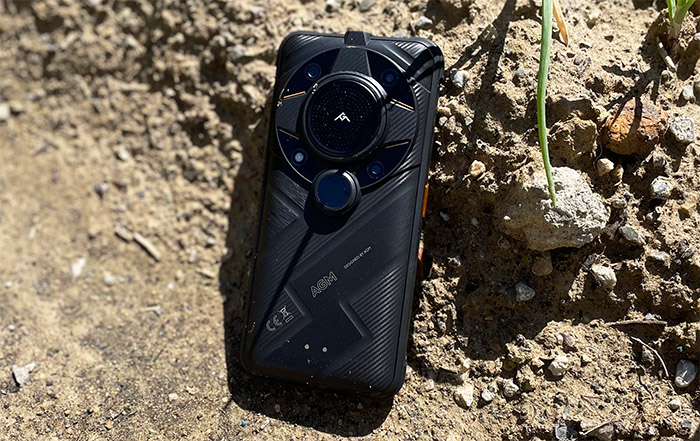
The rugged smartphone is also IP68 and IP69K-rated, which means that it’s dustproof and pretty much close to being waterproof. To be specific, the AGM G2 Guardian can survive being submerged under water down to about 20 feet for 30 minutes. So, if there’s very high humidity or you drop the phone in water or other liquid (not corrosive since that will damage the lens), then it should not get any damage.
The Display
The AGM G2 Guardian uses a 6.58-inch IPS TFT display, so it’s a bit larger than on the Glory Pro, and the resolution is slightly elevated to 2408 x 1080p. I have seen how 2K can look an a phone (Pixel 2 XL and iPhone 12) and truth be told, the resolution of the G2 Guardian is perfectly fine for the size of the screen. You won’t see any individual pixels. But, this is not an OLED display, so how is the color reproduction? It’s very similar to the Glory Pro performance.
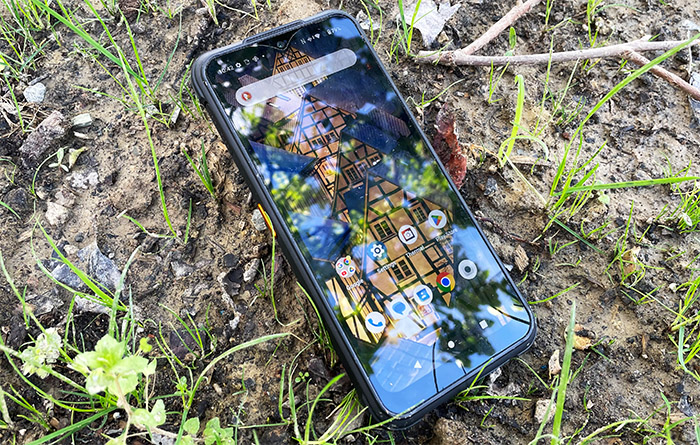
The colors are a bit saturated, but it seems that the whites are better reproduced, looking brighter. There is also a good amount of detail and since we mentioned brightness, would the AGM G2 Guardian handle a bright sunny day at the beach? The display can get very bright and should remain visible when it’s sunny outdoors, but do take the glare into account.
If you were expecting a bezel-less display, know that the thickness of the frame will reproduce very noticeable bezels around the screen and AGM also opted for the teardrop-style front-camera. I did complain that the Glory Pro was stuck on a 60Hz panel, so the AGM G2 Guardian is indeed equipped with a 120Hz display and yes, it will make a difference. A big one because it feels so much smoother than the iPhone 12 that’s I used more extensively lately. The animations are smoother and the overall interaction with the display seems better. I don’t know what other manufacturers are waiting for – make the change now!
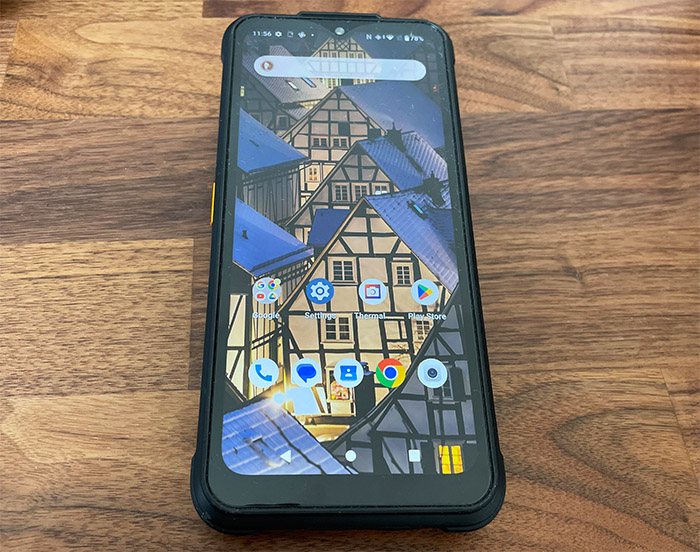
How accurate is the fingerprint sensor?
The fingerprint sensor on the Glory Pro was not good and it would only register once every 4-5 attempts. The H5 Pro was so much better in this regard, and the fingerprint sensor on the AGM G2 Guardian is also an upgrade. It does fail to detect my finger once in 6-7 tries, but it’s far more usable than on its predecessor. I guess it’s the nature of a narrower side sensor.
The Internal Hardware and Performance
The AGM G2 Guardian is equipped with an 8-core 2.7GHz Qualcomm QCM6490 SoC (Kryo 670 CPU) and the Adreno 643 GPU. If my past experiences serve me well, then the QCM6490 should be a veritable mid-ranger, but we will see for sure after running a few benchmarks. The rugged smartphone is also equipped with a 8GB of RAM and 256GB of storage, but you do have the option to also get the 12GB RAM version for extra cash, of course. I did get the 12GB version and everything feels ridiculously fast even after opening multiple apps at the same time. And I didn’t experience any freezes or stutters when using the 120Hz panel, ever.
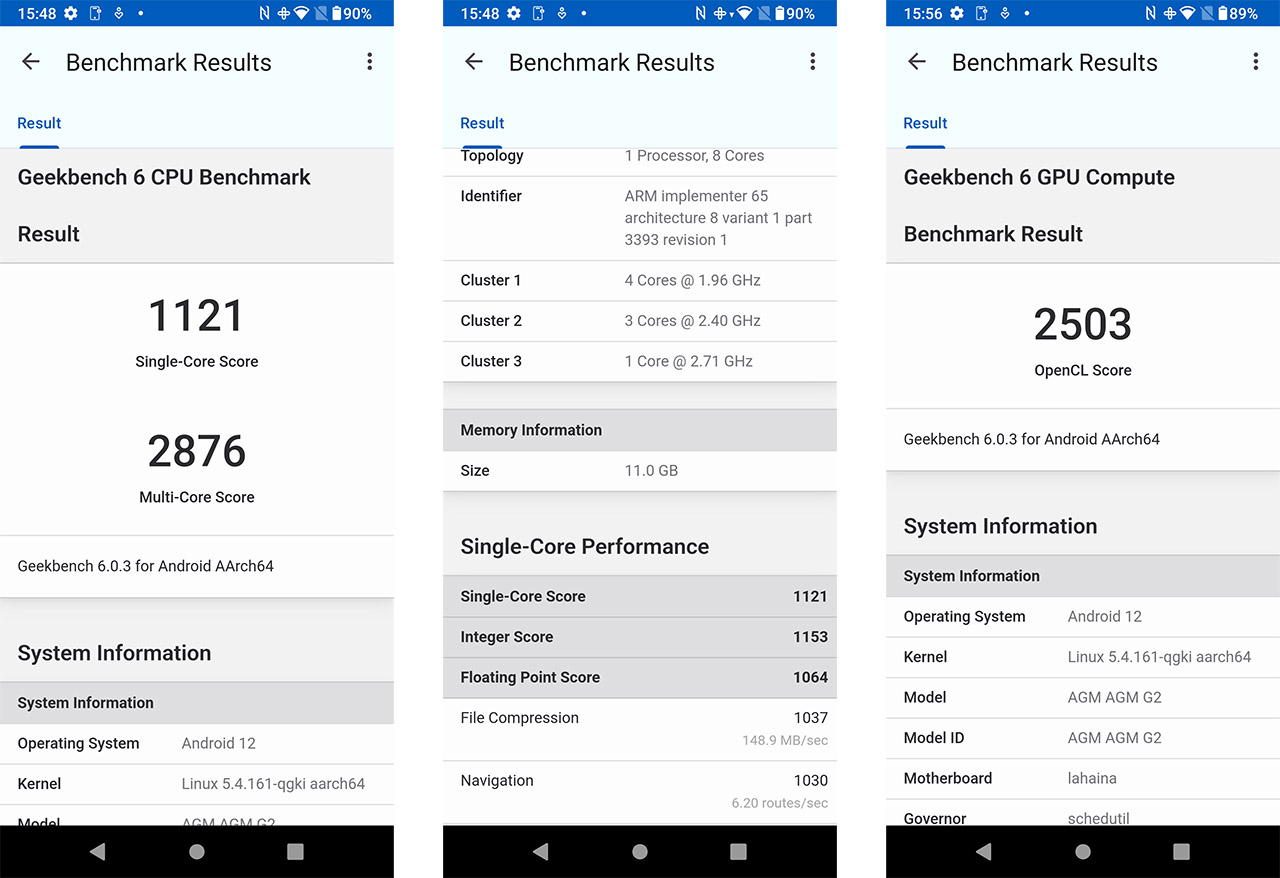
That being said, I installed the Geekbench version 6 and single-core CPU score was 1,121, while the multi-core score was 2,876. This score puts it next to the OnePlus 9 Pro and above the Galaxy S21 Ultra for single-core uses. As for multi-core, it sits slightly below the iPhone 11, but above the S20 Ultra. I also ran the GeekBench Compute test and the result was 2,503, so the performance is very near the Sony Xperia 1 II.
Overall, so far, the AGM G2 Guardian seems a bit above average, which is very good news because manufacturers of rugged smartphones have a very bad habit of putting entry-level hardware surrounded by a hard exterior, while pushing the price to flagship level phones. Still, let’s not yet jump to conclusions and check a graphics-intensive benchmark, the GFXBench.
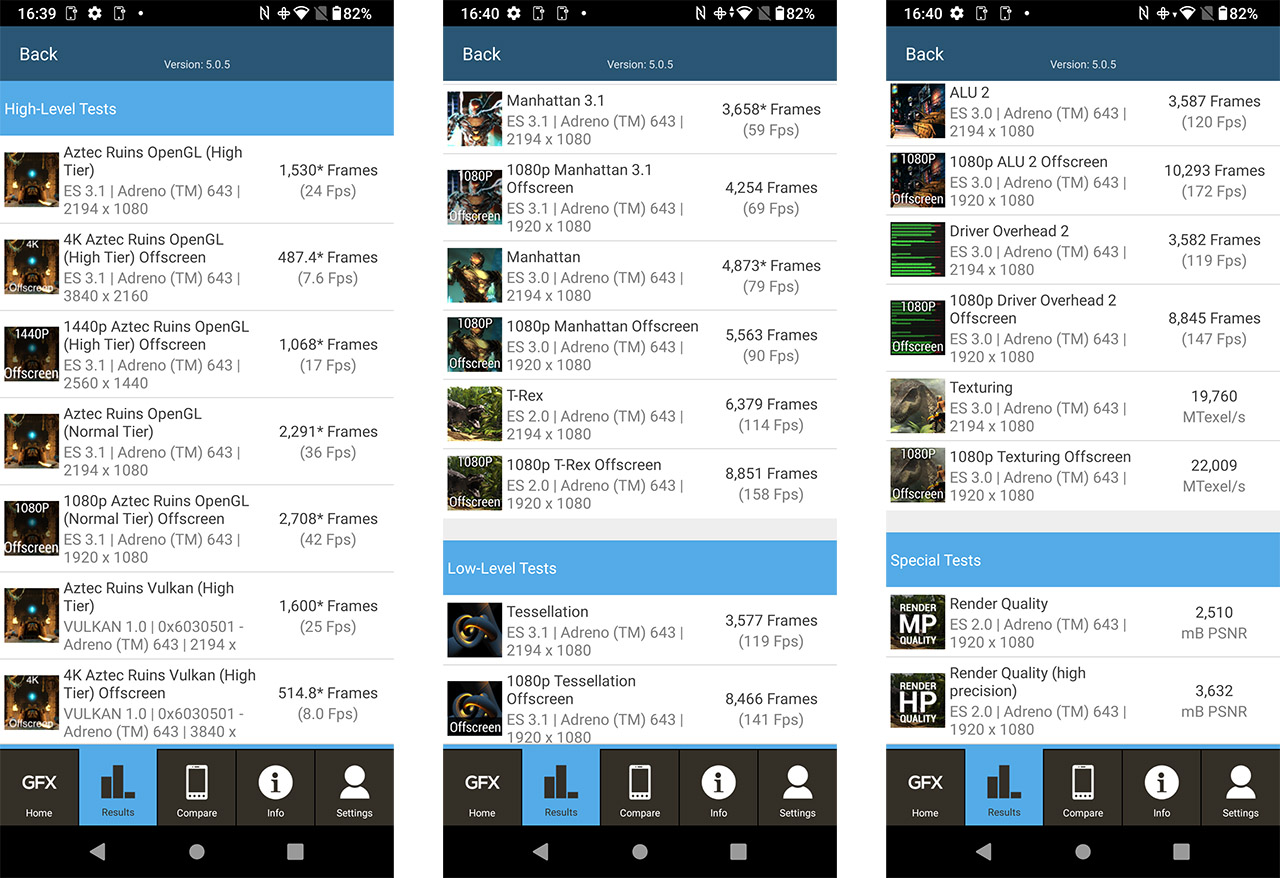
The results show that the G2 Guardian performs well in games, even if they’re graphics-intensive. The Higher-Level test show that it won’t reach the max 120fps, but you’ll still not see any stutters or freezes.
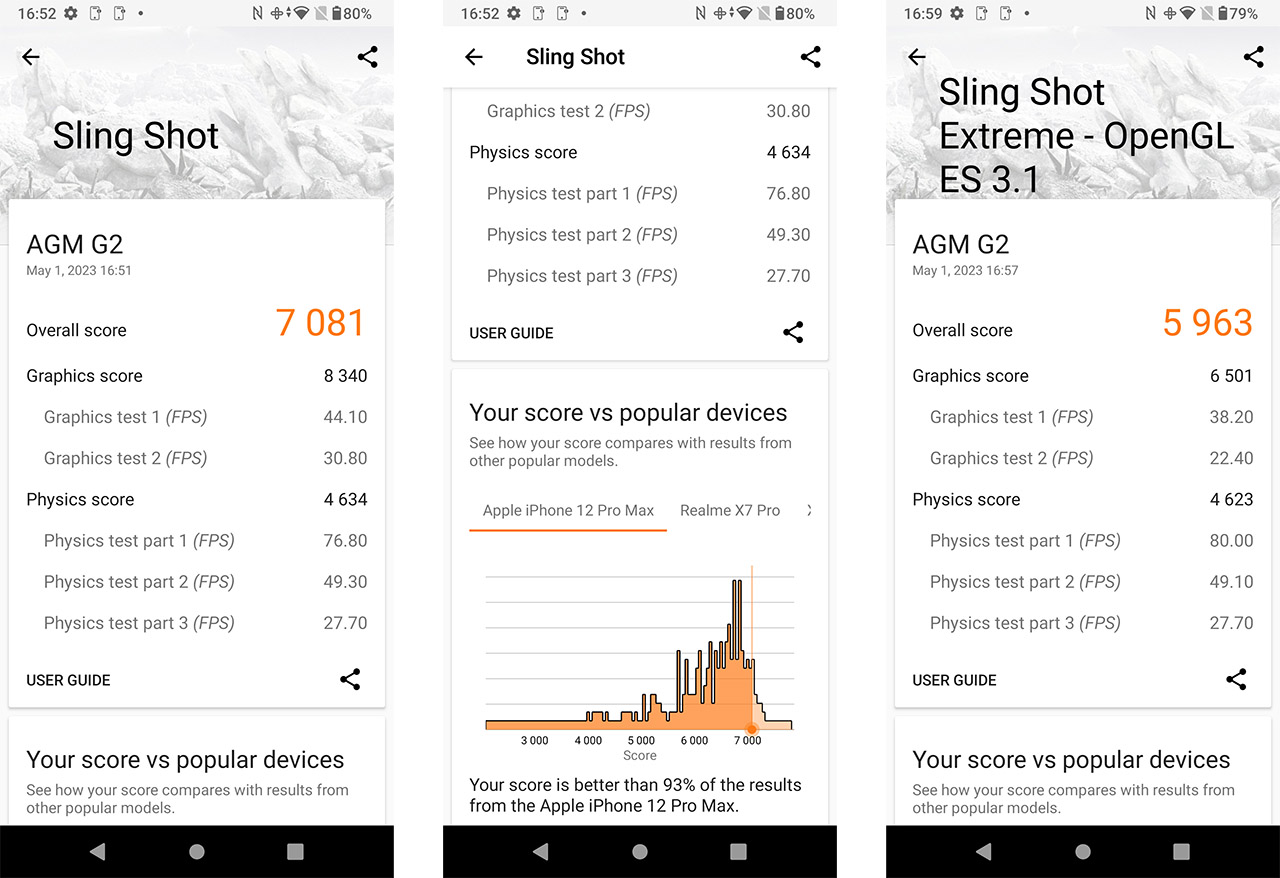
Moving on, I installed and ran the 3DMark app and, after it ran the Sling Shot test, it apparently outperformed the iPhone 12 Max Pro. The Slingshot Extreme test shows that the G2 Guardian outperformed the Realme X7 Pro, but it’s a bit below the Mi 10T Plus 5G. Yes, yes, synthetic benchmarks are great and all, but let’s run an actual game on this phone. Since I am still lazy enough to still not install the Callisto Protocol, I ran Tomb Raider again (as I did with the LeadJoy M1B) using the Steam Link and, as you can see from the professionally made gameplay, it’s clear that the AGM G2 Guardian can handle pretty much any game you throw at it.
The Software and Support
Similarly to the H5 Pro, the AGM G2 Guardian uses Android 12 and I am very much certain that this is the only version that the smartphone is going to see. I still have the AGM Glory Pro and it currently uses Android v11 – it’s perfectly usable, but it just shows that you should not expect any future Android installments on AGM smartphones, which is a bit of a shame. That being said, the G2 Guardian has a nearly stock version of Android and I mean it, there is no bloatware at all from AGM, just from Google with its Google TV, Meet and other nonsense.

Mark is a graduate in Computer Science, having gathered valuable experience over the years working in IT as a programmer. Mark is also the main tech writer for MBReviews.com, covering not only his passion, the networking devices, but also other cool electronic gadgets that you may find useful for your every day life.

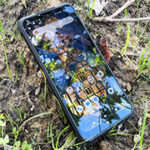
wow
i am happy of approval my username
it is LOUIS :)))))))))))))))))))))))))))))
This phone is amazing, it has thermal imaging!